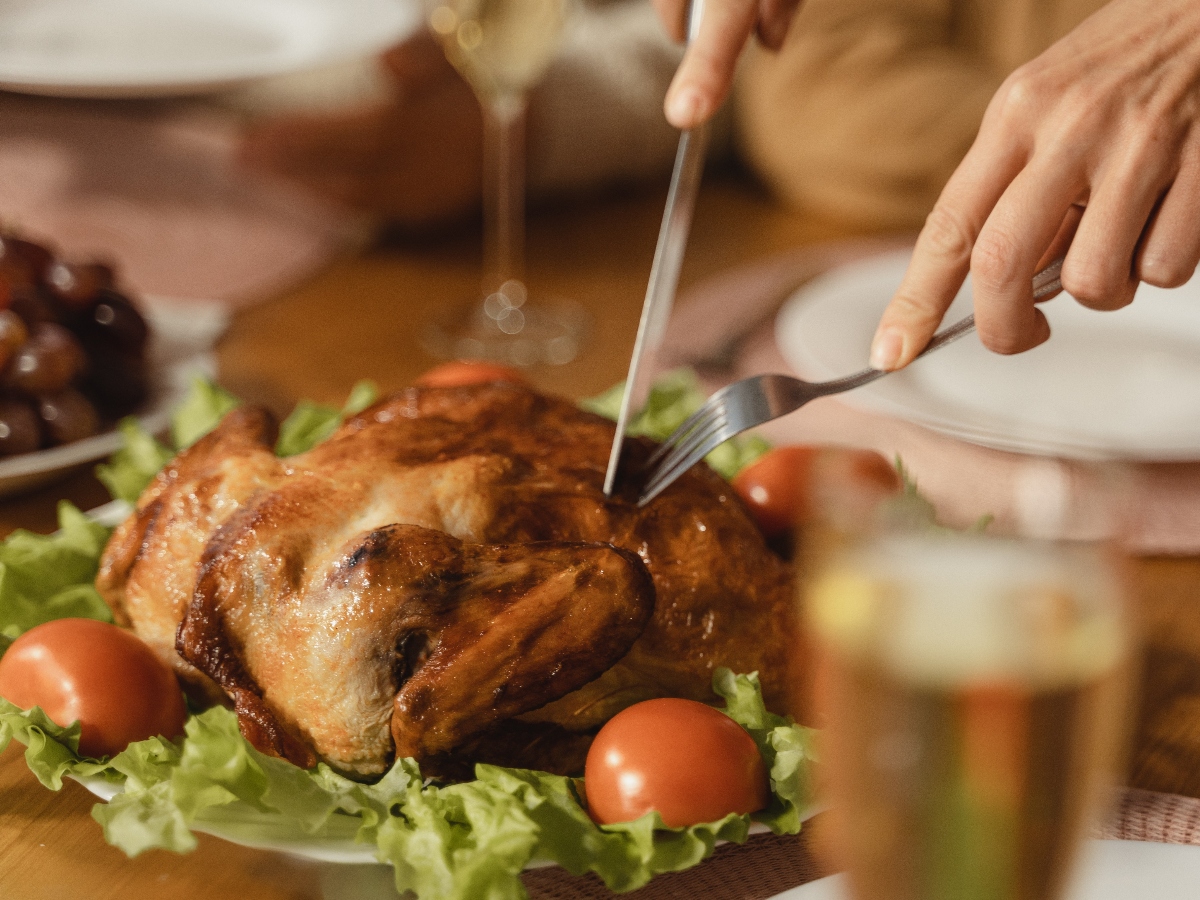The centerpiece of every Thanksgiving table is the turkey. And since it’s such a big part of the family getting together, it has to be good! Cooking a whole turkey takes time, and since it is usually done once a year, most people tend to forget how to do it (well). Many people also can be negligent in ensuring safety and not know exactly how to cook a thanksgiving turkey without mishap.
The Thanksgiving Season
During the thanksgiving season and generally most of the time, it is common to increase security at home, either by installing surveillance cameras or alarms. However, have you ever thought about the danger of kitchen gas and fumes? The gas given off by butane boilers or ovens can pose a risk in the event of a leak. In this article, you will learn about the specifics of cooking for thanksgiving and the safety measures and must-have detectors in the kitchen to prevent accidents.
For a couple of centuries, turkey has been an undisputed postcard of American tables during the latter part of the year. In its classic form, it is usually accompanied by a filling made of cornbread and sage, a lingonberry sauce, and vegetables. If you don’t want to cook a whole turkey, or if you don’t want to use the oven, don’t worry, there are plenty of easy turkey recipes you can make.
The Safety Measures
However, whatever you do, it is important to finish your turkey cooking with safety measures in place such as smoke detectors and security cameras. Why? Cooking means that you will use the fire, whether stove top or oven. Turkeys take time to cook and so you may have to step away from the kitchen. It is important to have a security camera to monitor your kitchen and a smoke detector to detect smoke, in the event your turkey is burning. Let’s now look at some healthy tips on how to prepare and how to cook a thanksgiving turkey.
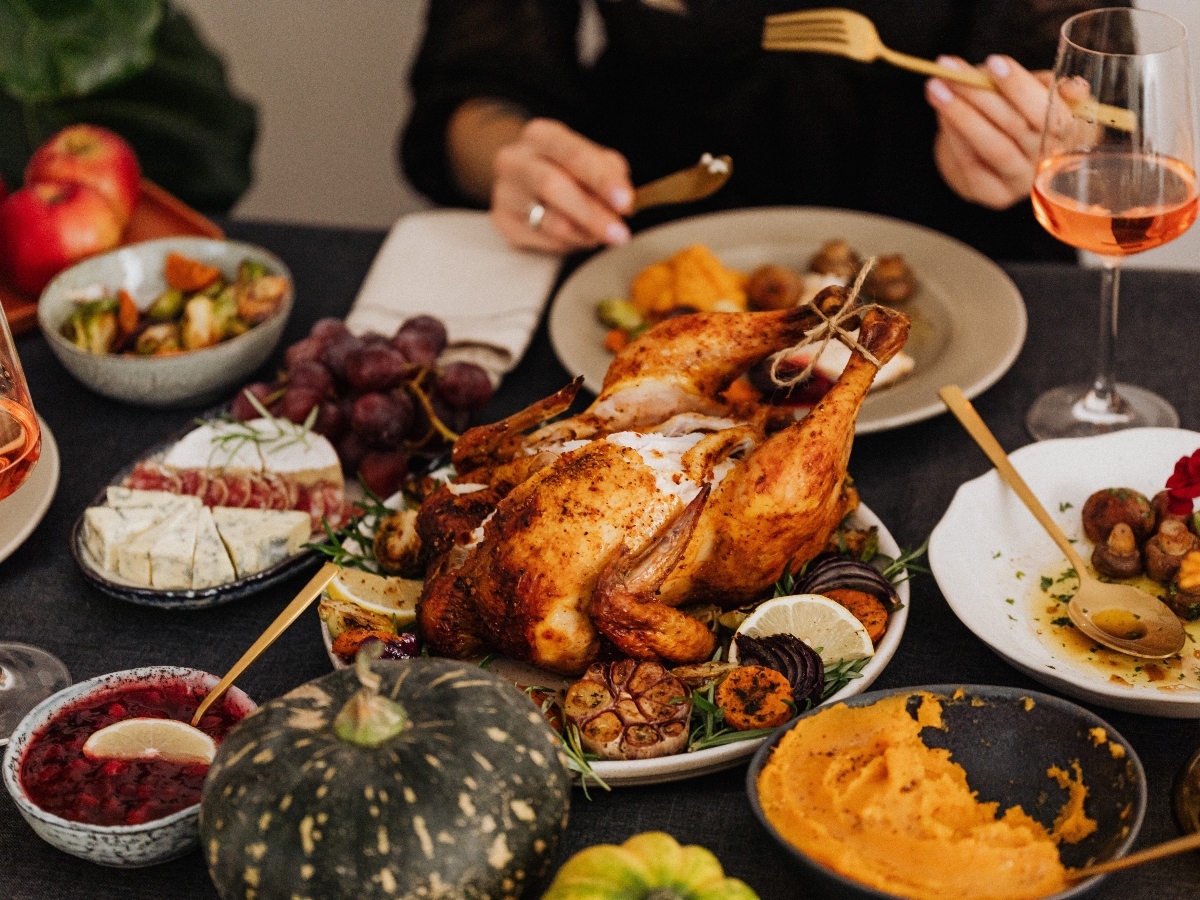
Preparing the Turkey
Here’s everything you need to know to cook your Thanksgiving turkey. To prepare it safely so everyone can enjoy nutritious turkey meat this holiday season, follow the tips below.
- Internal temperature: 165°F. Use a meat thermometer to make sure it’s cooked through.
- Let the frozen turkey thaw in the refrigerator.
- DO NOT rinse or wash raw turkey. This will only spread bacteria around the kitchen and will not help clean it.
- For broiling, set your oven somewhere between 325-350°F for best results.
- Cover the turkey with aluminum foil at the beginning of the cooking time and at the end if desired, but uncover for most of the cooking time.
Buy and Store Turkey
Plan to buy a fresh turkey up to 2 days before cooking, or get a frozen one as soon as you need it (it can be stored in the freezer long-term).
When choosing a size, allow around 1 pound per guest for a large bird (over 12 pounds) or up to 2 pounds for small birds (under 12 pounds). This is because larger birds have more meat on the bone, while smaller birds get much of their weight from bones. The size of the turkey will determine how long you will have to cook it. Therefore, the smoke detector and security camera are essential to ensure that you have a safe cooking experience.
Thaw Turkey
If you have a frozen turkey, be sure to give it plenty of time to thaw in the refrigerator before cooking. This takes at least a day, usually many days depending on the size, so don’t forget! According to the USDA, you should allow 24 hours in the refrigerator for every 4-5 pounds, to make sure it’s completely and properly thawed.
If you forget it, you can also thaw it in cold water. Place the wrapped turkey in a large container/bowl of cold water, changing the water every 30 minutes. Allow 30 minutes per pound of turkey. However, thawing in the refrigerator is much easier, so it is recommended that you set a reminder days before cooking. You should also take this opportunity to set up your security camera equipment and to make sure that your smoke detector is working efficiently.
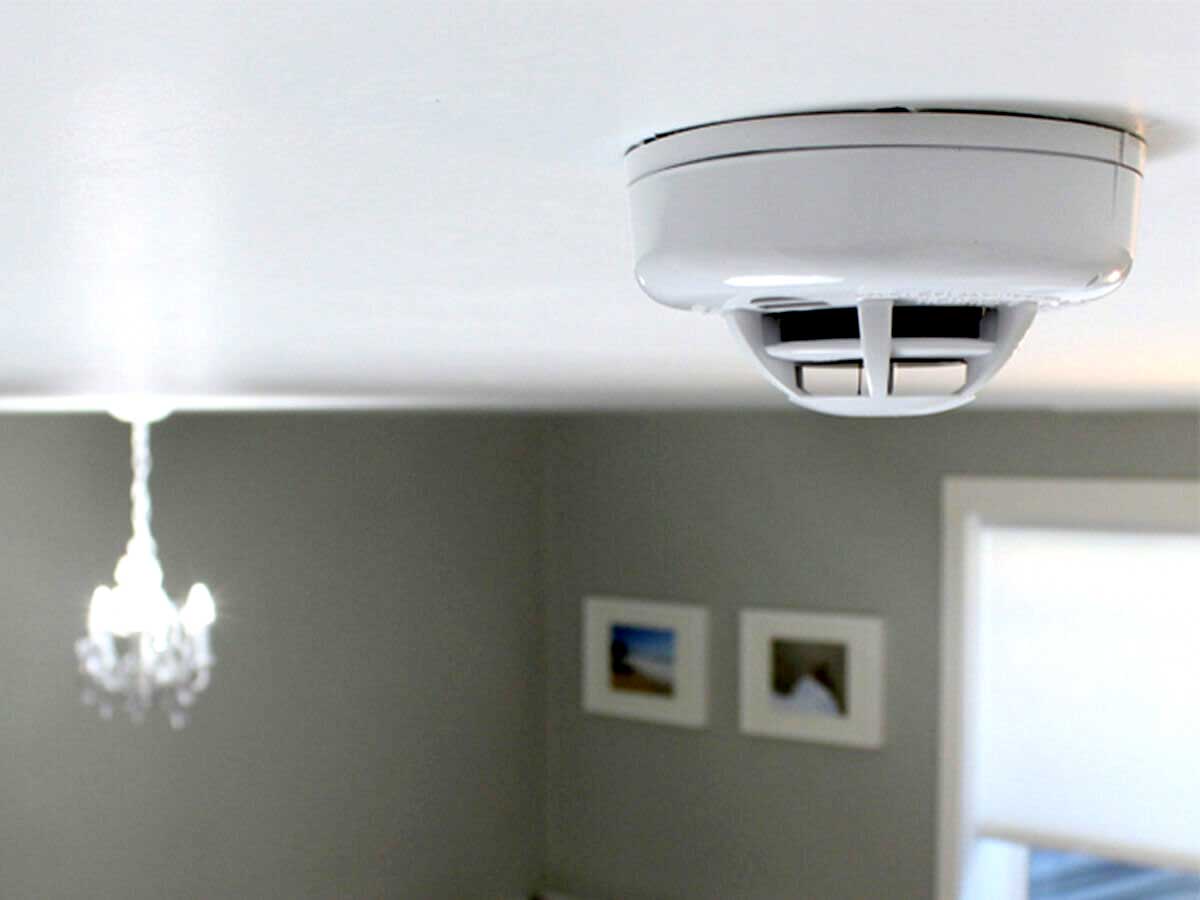
What Advantages Do Kitchen Detectors Have?
There are two types of detectors in the kitchen, gas and smoke. Why is it necessary to use them?
1. Gas detectors in the kitchen
Gas detectors are devices that detect the presence of gas in the environment. When it detects a high concentration of gas in the environment, the detector activates an audible and/or visual signal. It is installed on the kitchen ceiling, since carbon monoxide rises and thus it is easier to detect it.
It is recommended to use a gas detector in the kitchen if there are fireplaces or gas stoves nearby. The detectors are connected to the home electrical network and some even have a connection to the boiler system, automatically deactivating the boiler if high levels of carbon monoxide are detected.
2. Smoke detectors in the kitchen
They are optical safety equipment that incorporates optical lenses, detecting visible smoke, activating acoustic and/or sound signals to warn of the risk. The smoke detector is installed on the roof of the house, away from heat sources such as light bulbs, radiators or ovens. This is because they can receive erroneous signals that warn of a false risk.
These devices work with alkaline batteries, but if you have home automation, some models can connect to it and send alerts to your mobile. There are even models that communicate with emergency teams, such as firefighters. That is why it is very important to use a smoke detector in your kitchen, since it is in this area where a fire can occur that is detected by these devices.
Avoiding Fires In the Kitchen
To avoid fires in the kitchen in how to cook a thanksgiving turkey:
- It is necessary to have a fire extinguisher at hand in your home because when the fire starts, you will be able to prevent its spread to other rooms and further damage.
- If the kitchen is gas operated, it is necessary to make sure that it is shut off when you finish using it. Also, it is advisable to place it in a place where ventilation enters.
- A correct cleaning of the hoods helps you to avoid the accumulation of grease.
- Maintenance of the fire protection systems is implemented and they comply with the standards established.
- In case of fire, keep calm and call the emergency units.
- When cooking your turkey, make sure that you set the oven to the temperature. You should set the temperature of your oven to approximately 325ºF (190.55ºC).
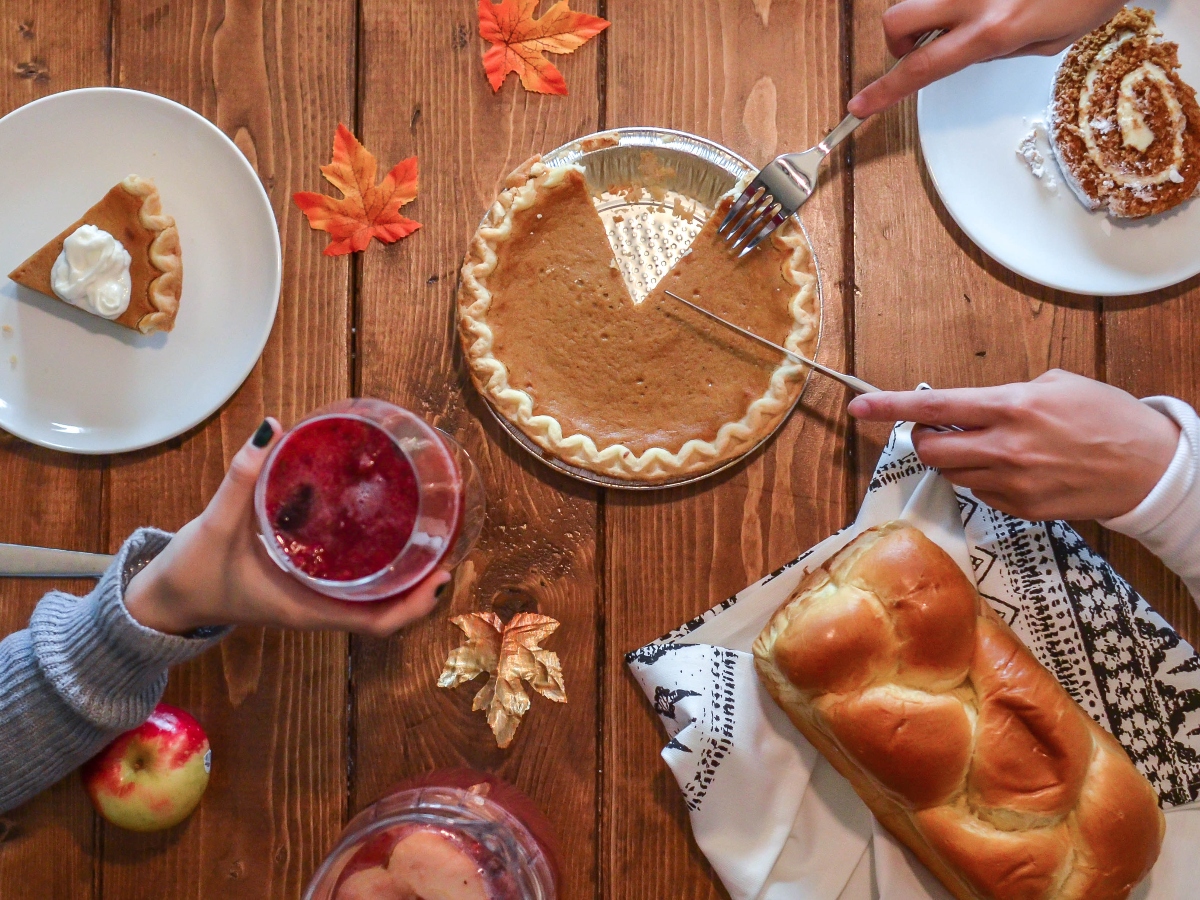
How to Cook a Thanksgiving Turkey
It is also important to know the steps of how to cook a thanksgiving turkey for a safe and healthy outcome.
- Create a foil tent over the turkey.
- Place the turkey in the oven and cook for about 1-1 ½ hours, then remove the foil and return the turkey to the oven.
- Continue cooking, uncovered, for the correct amount of time according to the chart above (generally add 15 minutes per pound of turkey).
- Place foil loosely over breast once the turkey reaches the desired brown color (usually up to an hour before roasting is complete). If necessary, you can cover the entire turkey.
- Start checking the internal temperature of the turkey an hour before it is ready to finish, at 15-minute intervals. The temperature should reach 165°F.
Frozen or partially thawed turkeys will require about 50% more of the recommended cooking time than thawed turkeys. Remember that these times are simply guidelines. The safest option is to resort to the use of the thermometer and thus avoid dangers to your health.
Be Aware of the Cooking Time
You should also be aware of the cooking time. In doing so, you will be better able to monitor every step, using the smoke detector, security camera and other monitoring technology to ensure further safety.
The following data should be taken into account for turkeys that are fresh or have been completely thawed, according to the USDA:
Unfilled
4-8 lbs of breast : 1 ½ hours to 3 ¼ hours.
8-12 lbs : 2 ¾ hours to 3 hours.
12-14 lbs : 3 hours to 3 ¾ hours.
14-18 lbs : 3 ¾ hours to 4 ¼ hours.
18-20 lbs : 4 ¼ hours to 4 ½ hours.
20 -24 lbs : 4 ½ hours to 5 hours.
Fillers
6-8 lbs of breast : 2 ¼ hours to 3 ¼ hours.
8-12 lbs : 3 hours to 3 ½ hours.
12-14 lbs : 3 ½ hours to 4 hours.
14-18 lbs : 4 hours to 4 ¼ hours.
18-20 lbs : 4 ¼ hours to 4 ¾ hours.
20-24 lbs : 4 ¾ hours to 5 ¼ hours.
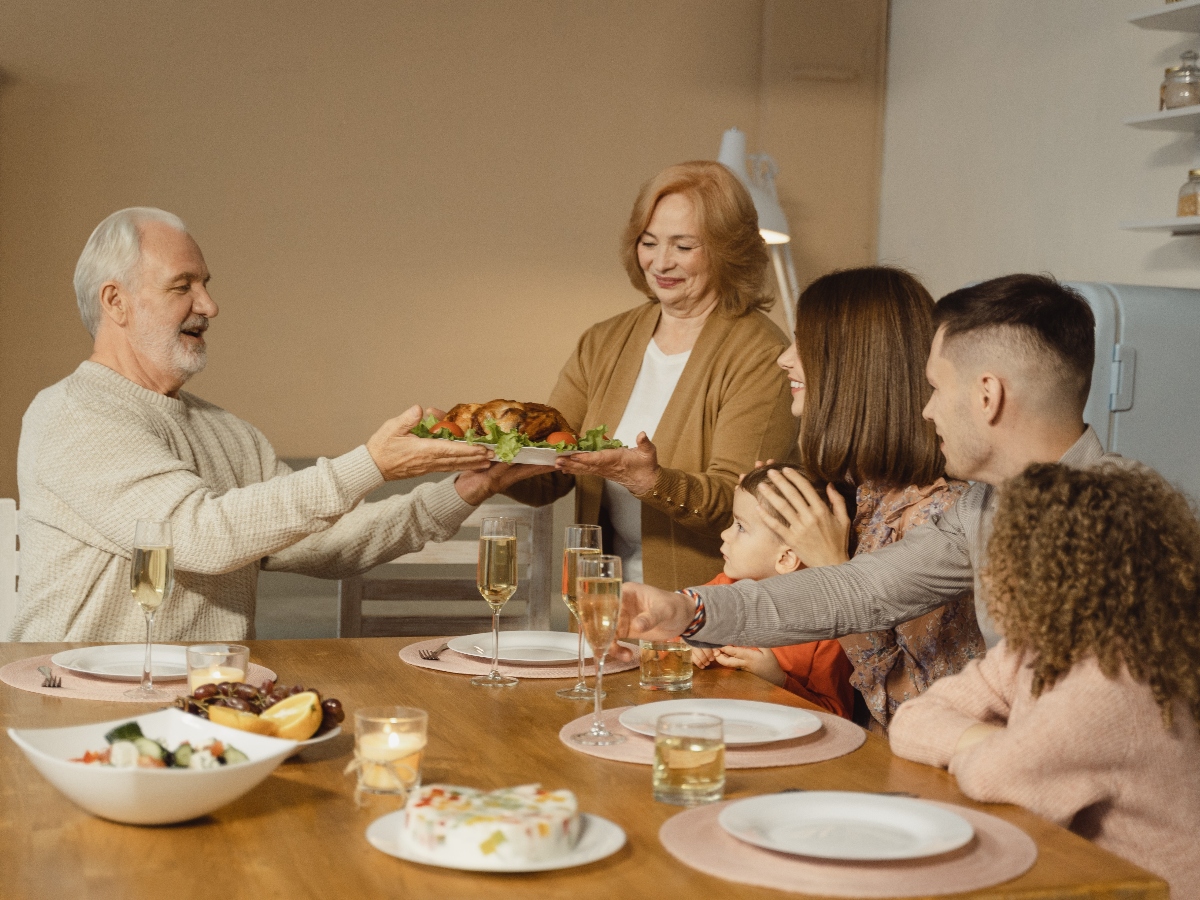
What Affects Turkey Cooking Time?
A dark-colored roasting pan can speed up the cooking process. The size and depth of the source depends on the heat circulating throughout the surface of the turkey.
- Using a foil cover for the entire cooking time makes cooking take longer.
- Keeping the baking dish covered with a lid speeds up cooking.
- The use of baking bags shortens the cooking time.
- A stuffed turkey takes longer to cook than an unstuffed turkey.
The Most Important Step to Take Now
Finally, with an awareness of why it is important to have a working smoke detector and install a smart security camera, it is now time to arm your home with a modern kitchen protection system. This decision should not wait until the day of Thanksgiving. A smart home security system and smoke detection monitor should be part of your pre-safety preparedness. Take action now by contacting ONIT Home to equip yourself with the essential products and technology. Happy Thanksgiving!



